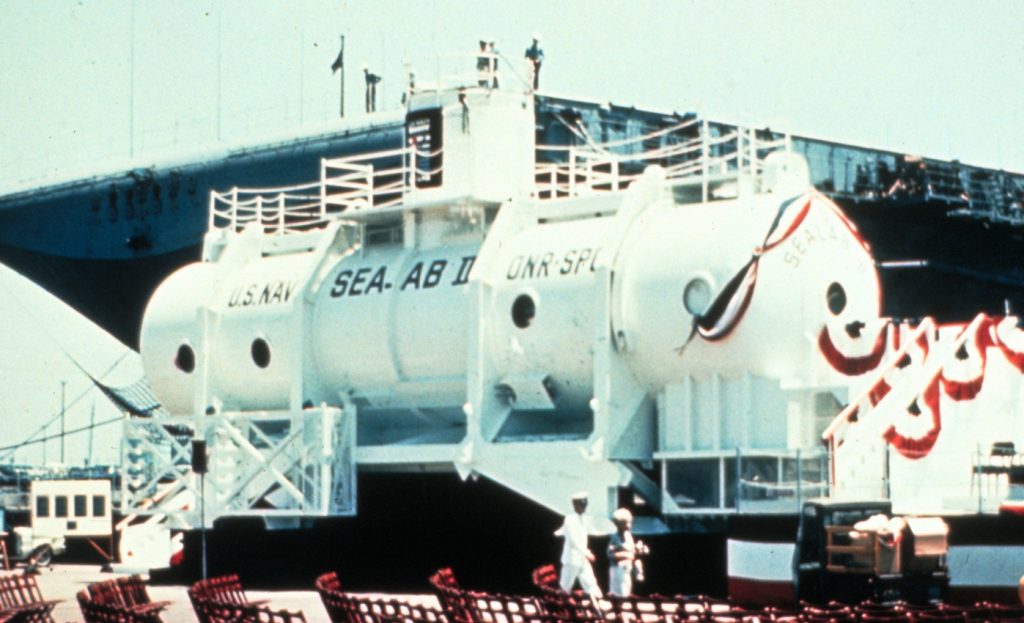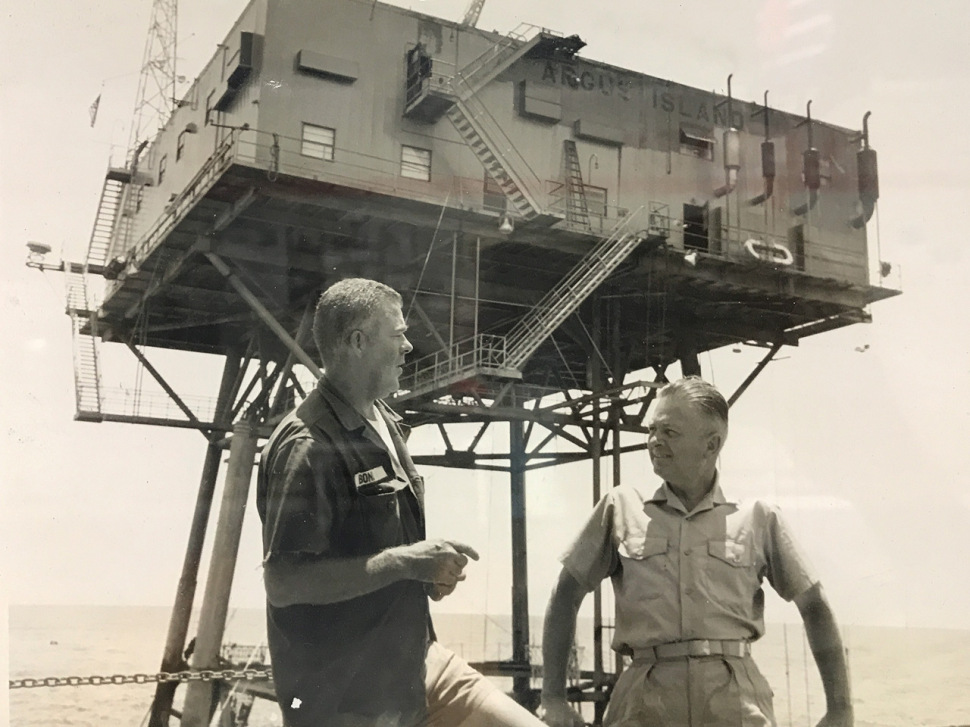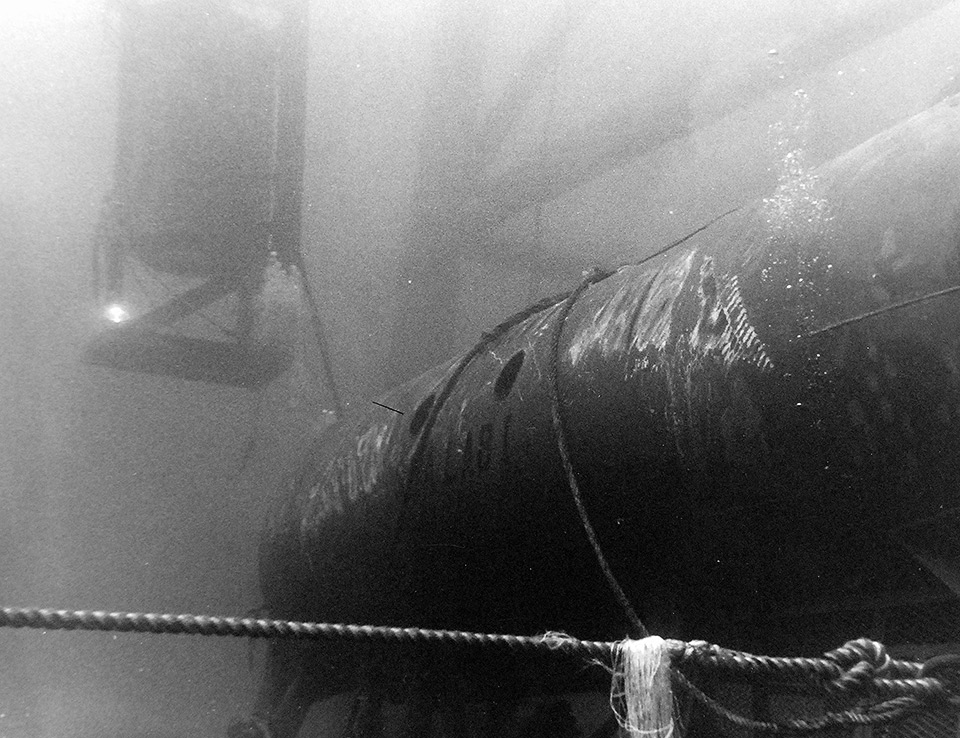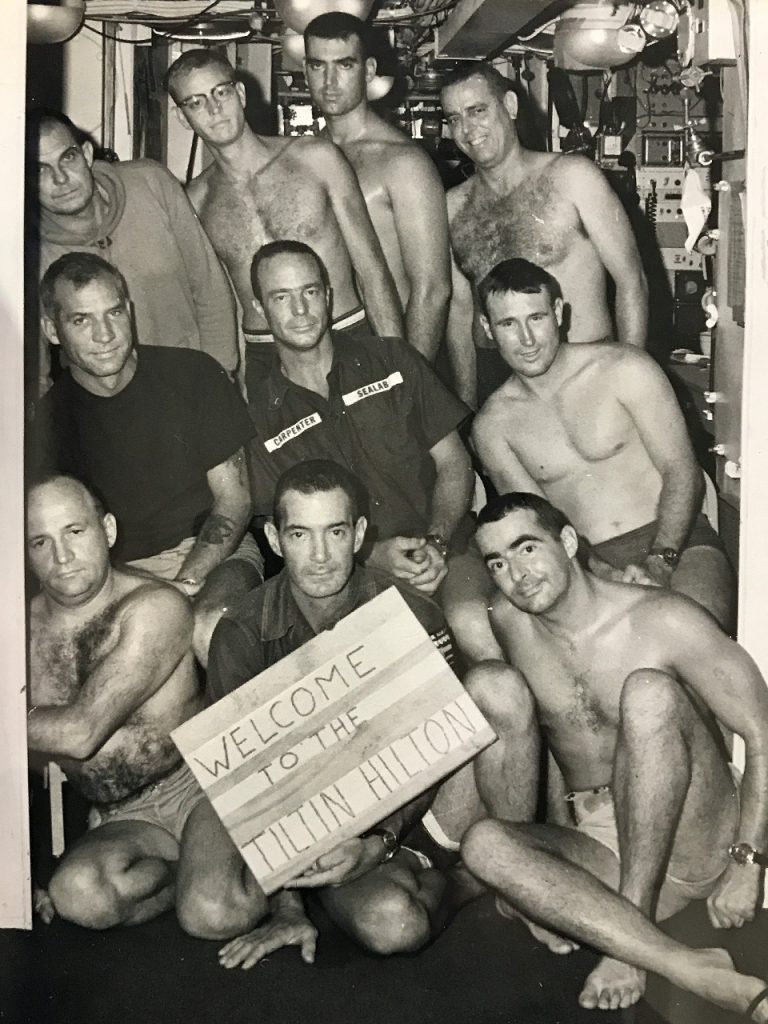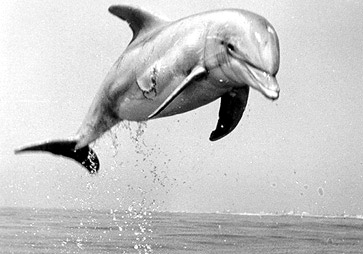
by Mx. Kris Vyas-Myall
Space has been big news in the British press recently. Not the current struggles of America’s Gemini-9 link-up, but rather the saga of the UK’s presence in the ELDO.

The European Launch Development Organization was formed by a treaty signed in 1962 between Britain, France, Germany, Italy, Belgium and The Netherlands for the development of a three-stage rocket launch for satellite use (you can read an excellent report Kaye Dee did on the project two years ago). However, the new British Labour government has been unhappy with the increasing costs and with the fact that Britain was paying around 40% of the cost rather than investing in its own rocket program, like some of the other nations have been.
The issue apparently came to a head when estimates for the Europa 1 launcher had risen to £150m, with no expectation of much practical use before 1969. For the last week negotiations had been happening feverishly to try to come up with a solution, with concerns that Britain would have no involvement in space in the future and the whole Eldo project could end up being scrapped.

Thankfully, a solution has been found. Britain will still be involved but their share of the cost will be reduced to 27%, whilst other countries shares increasing to meet this shortfall, making the payments between the largest countries more equitable.
New Writings in SF 8
Space is also the main theme of this quarter’s New Writings anthology, with new angles used to look at the familiar subject.

Before we start on the stories, can we address the fact that these Dobson hardbacks are incredibly ugly to look at? They are just the same image and format reproduced in different colors each time. The Corgi paperback editions all have much more attractive covers which are likely to intrigue the reader:

Could the publishers please make more effort? Or at least give us some variety after two years of the same dust jacket?
Anyway, on to the stories, let us see what Carnell’s crew comes up with:
The Pen and the Dark by Colin Kapp
We have the return of Kapp’s Unorthodox engineers for a third installment (one in Carnell’s New Worlds and the other in New Writings 3). These stories seem to have fans enough to encourage more tales in this world, although I have personally not been enamored by what has been presented so far.
This time the team go to investigate a strange phenomenon on the planet Ithica. An alien vessel had appeared there, then vanished, leaving a mysterious pillar of darkness. The whole area appears to defy their understanding of physics and so the team must investigate further.
I have read some people find the stilted, unnatural dialogue in this series as a great way to give his world depth. To me it is just irritating, as it does not stray far enough from our own language to read as much other than wooden. This was also compounded for me by the fact that it is filled to the brim with scientific jargon I struggled to understand. I have a suspicion it may have been made up, as they say at the end:
And even if they’d tried to tell us, I doubt our capacity to have understood. Try explain the uses and construction of a Dewar flask to an ant – and see who gets tired first.
However, what I did appreciate was the atmosphere of adventure into the unknown he creates which dragged me along this obscure journey. Perhaps more one for the Niven fans out there?
Three stars
Spacemen Live Forever by Gerald W. Page
Page is a new writer to me but has apparently had a couple of pieces published in the American magazines. Here he produces a very grim take on the long intergalactic voyage.
Torman Graylight is first officer on a ship transporting a sleeping population to a new planet. He is the only person awake apart from second officer Kelly. But when Kelly dies in an accident, Graylight’s loneliness gets the better of him and he decides to wake one of the sleepers. But will this be enough for the two of them to survive the years of travel through the void of space?
Whilst these kinds of grim nihilistic tales are not generally to my taste, I do appreciate the skill with which he presents the atmosphere, giving us a real sense of hopelessness and isolation.
Four Stars
The Final Solution by R. W. Mackelworth
Mackelworth also serves up a grim vignette, this one on the inherent self-destructiveness of fascism. In this future, human racial supremacists (closely modelled on Nazis) encounter another species with similar ideology on The Rose World. They decide to do a series of tests to determine racial hierarchy.
Even though short it is a very poignant and necessary piece on the ease with which militarism and racism can take over a society. The only parts that stop me from giving it a full five stars are that some of the elements (e.g., calling the alien leader Slan) and the ending make the story a little too explicit, but it is still a very strong short.
A high four stars
Computer’s Mate by John Rackham
Captain Sven Soren is piloting the Stellar One through the gaps between atoms as a means of breaching light-speed, with the first attempt to Vega. To achieve this, they need a massive computer to control the ship’s complex mechanisms. Coming with it is Grant Wilson, whose job is to care for the machine and act as the link between crew and computer.
Their first “star-jaunt” is a success, with them finding an Earth style world and its inhabitants. However, the crew are distrustful of Wilson as he himself acts like a computer and are unwilling to heed his warnings of the dangers ahead.
I have decidedly mixed feelings about this piece. Whilst it is nice to see a story about a mentally disabled person (particularly where he gets to be the hero, rather than a victim) the abuse of the rest of the crew because of his differences still feels out of place. There are also large sections which are just philosophizing on the nature of life and humanity, which can be interesting at times but often seem to be used at the expense of the women crew members. And whilst it is nice to see multiple women involved in spaceship operations, they are not really shown to do much that is positive.
I think I will go straight down the middle and give it three stars.
Tryst by John Baxter
On the outer reaches of an Asimov-esque galactic empire, there is a barren, nearly forgotten colonized world called Dismas. their only real link with the central imperium is an annual ship sent to help support the colony and bring back any saleable merchandise.
However, on this shipment all the boxes of equipment sent instead contain boxes of rose petals and the new machines are made from paper and foil. Even the ship in orbit is mysteriously deserted. The young rebellious Nicholas is sent to take the ship back to Centre and find out what has happened.
This is a thoroughly sensory story, beautifully described with a real sense of wonder and melancholy. Unfortunately, the ending was a bit of a disappointment for me and the only thing keeping it from a full five stars.
Four stars
And of course, at last we come to the obligatory Keith Roberts tale! This time making up the final third of the anthology. However, this piece does not seem to have any relation to the space theme of the rest of the book, rather being one of artificial intelligence.
In the twenty-second century, Megan Wingrove is named as a co-respondent in a major divorce case, between famous painter Henry Davenport and his wife Ira Davenport, with it being claimed Megan had an affair with Henry whilst working as their maid and Ira’s companion. What makes this case unusual is that Megan is a synth, a kind of advanced robot with an organic skin and muscle structure.
As well as seeking damages for mental anguish, Ira wants to have Megan destroyed for being dangerous and behaving immorally. We observe the case unfolding as they debate as to whether or not it is possible for a human to have a sexual relationship with a synth and whether a synth can be deemed to be responsible.
I was initially cynical that Keith Roberts would be able to do this kind of tale justice but he manages to produce both a really tense courtroom drama as well as delving into questions of consent and love. This story manages to be applicable to real life (you could see the same questions emerging in a similar situation with a domestic servant) whilst also being distinctly science fictional. He gives more thought to what it would mean for human emotions and longings to hit up against our technological capabilities than I can think of in any similar story.
I am as surprised as anyone to find myself giving a Keith Roberts story a full five stars!
Back to Earth
Readjusting their focus back to traditional science fictional subjects and having a nice mix of new and old talents has really brought out the best in Carnell’s anthology series. Here they put new perspectives on these subjects and come out with a marvelous selection. Even the stories I didn’t like as much I think may have more to do with my personal foibles than the quality of the writing.
Hopefully, this can continue in issue #9 and not regress to the poor state of affairs we saw in the prior collection.
Tune in to KGJ, our radio station! Nothing but the newest and best hits!

![[June 12, 1966] Which Way to Outer Space? (New Writings In SF 8)](https://galacticjourney.org/wp-content/uploads/2021/05/New-Writings-in-SF8-Cover-259x372.jpg)


![[June 8, 1966] Pyrrhic Victory (the flight of Gemini 9)](https://galacticjourney.org/wp-content/uploads/2021/06/s66-28075-672x372.jpg)






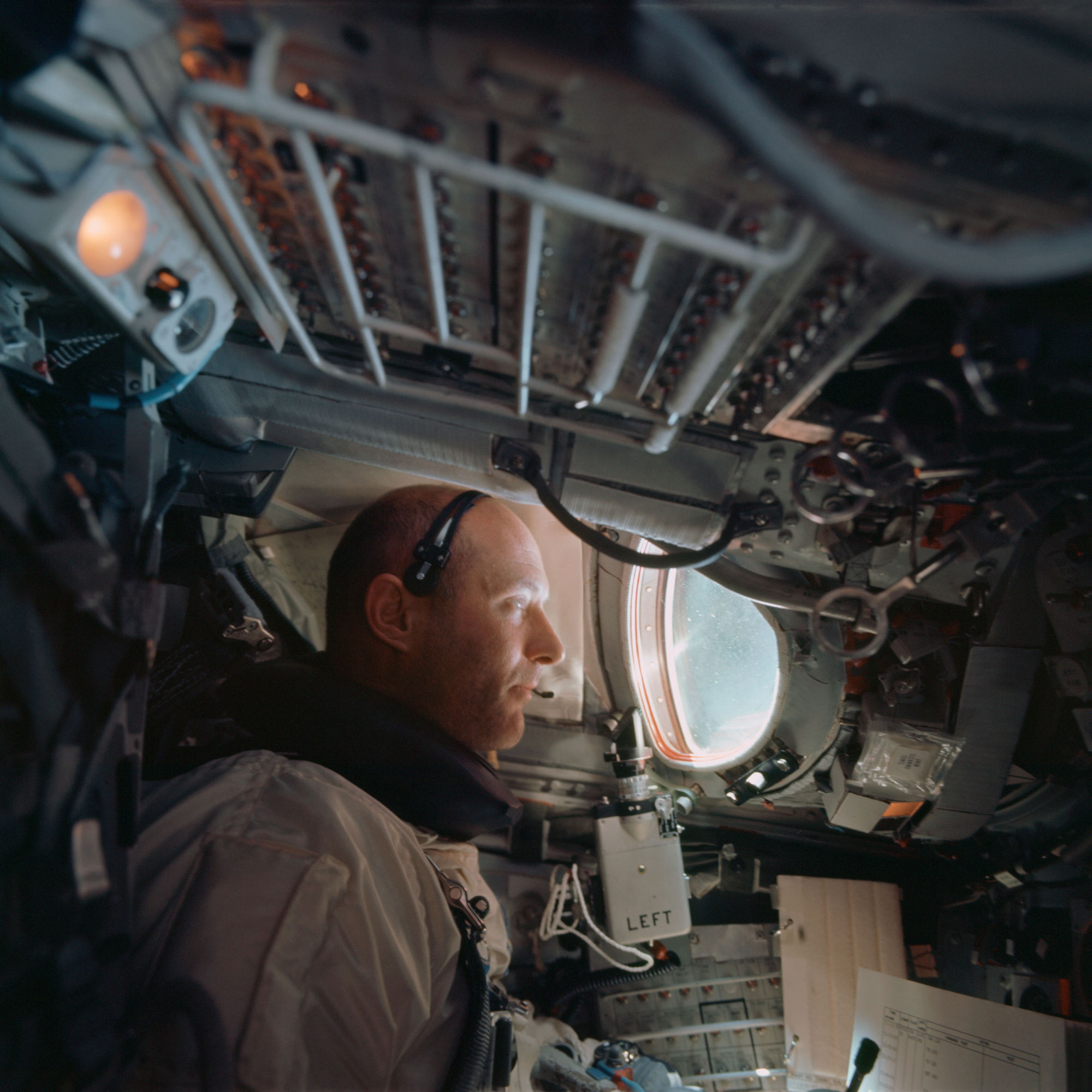

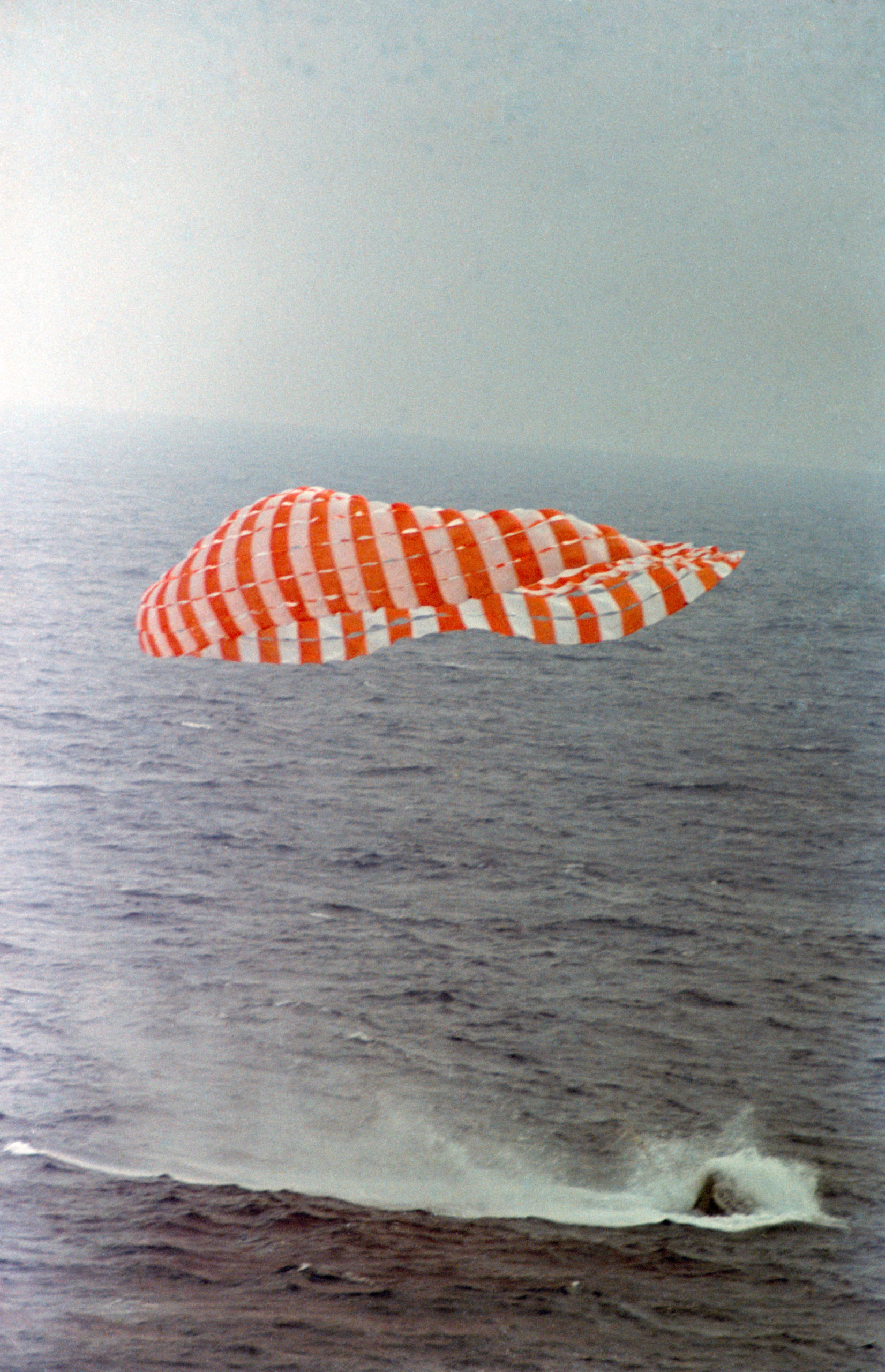

![[June 4, 1966] Over Under Sideways Down (Surveyor 1, Explorer 32, Kosmos 110 + 119!)](https://galacticjourney.org/wp-content/uploads/2021/06/660602surv2a-672x372.jpg)
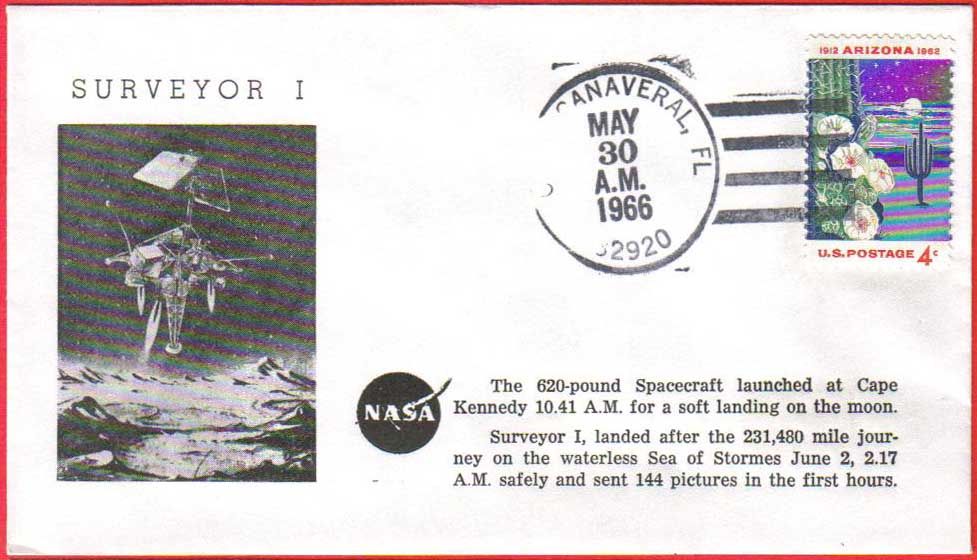
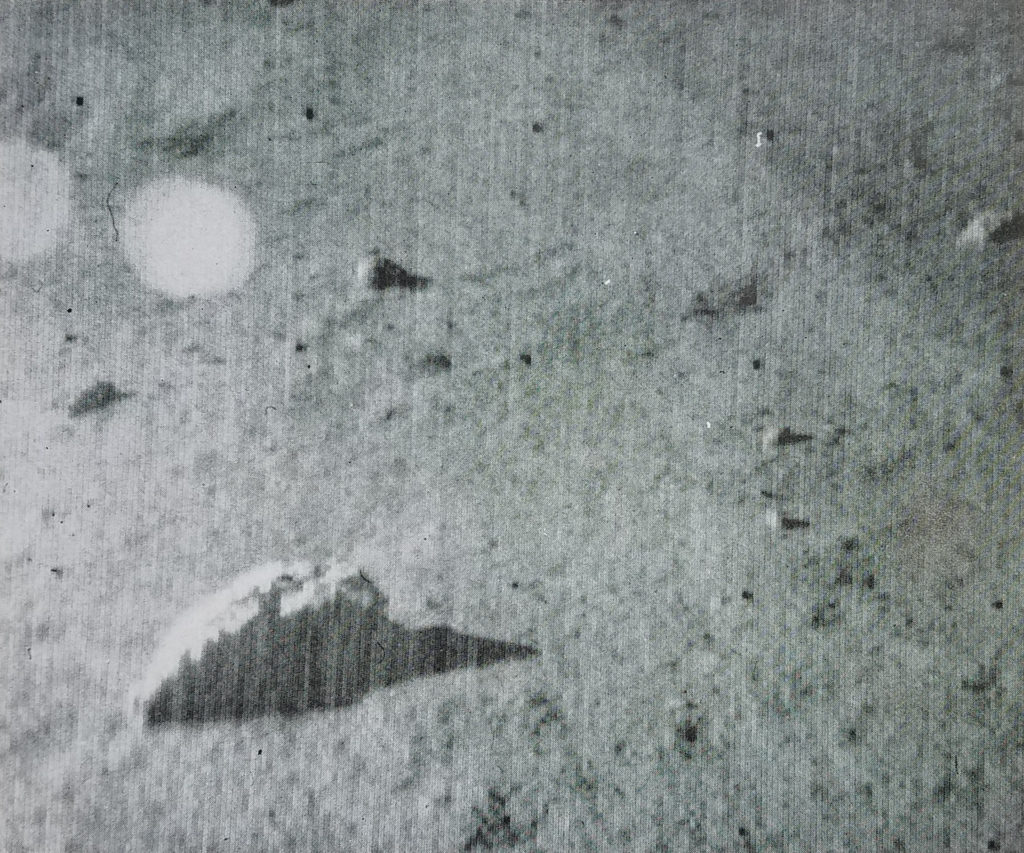
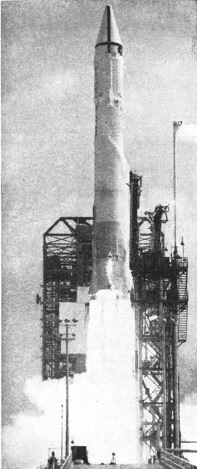
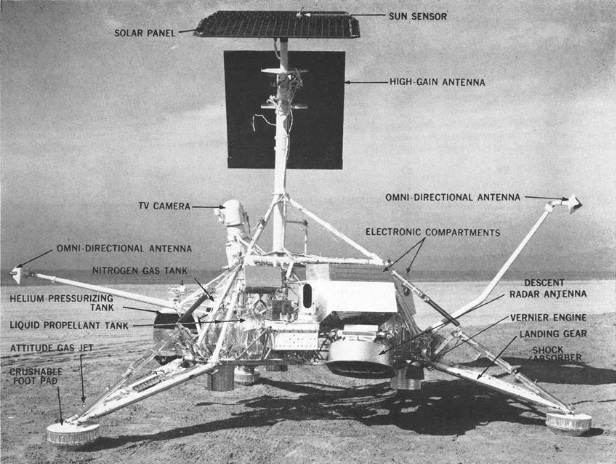
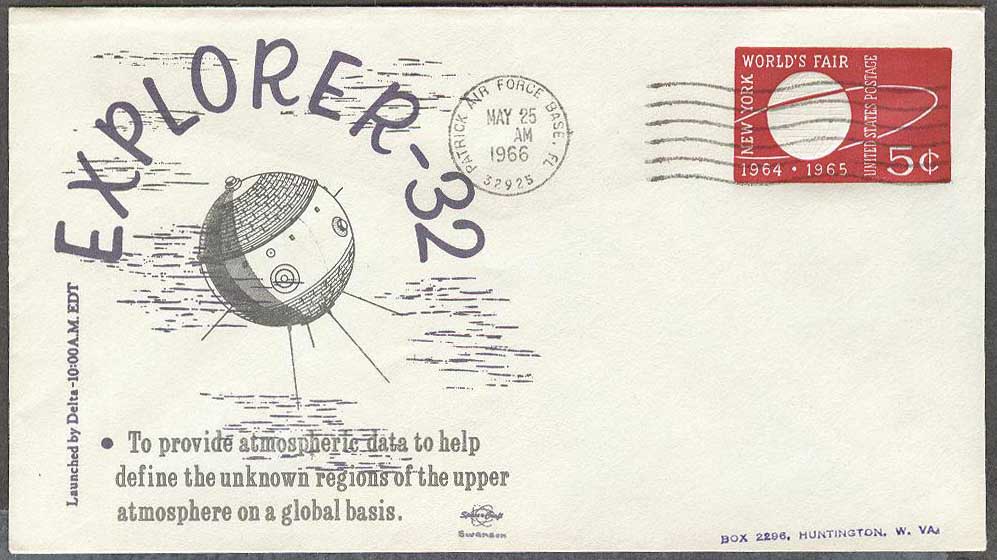
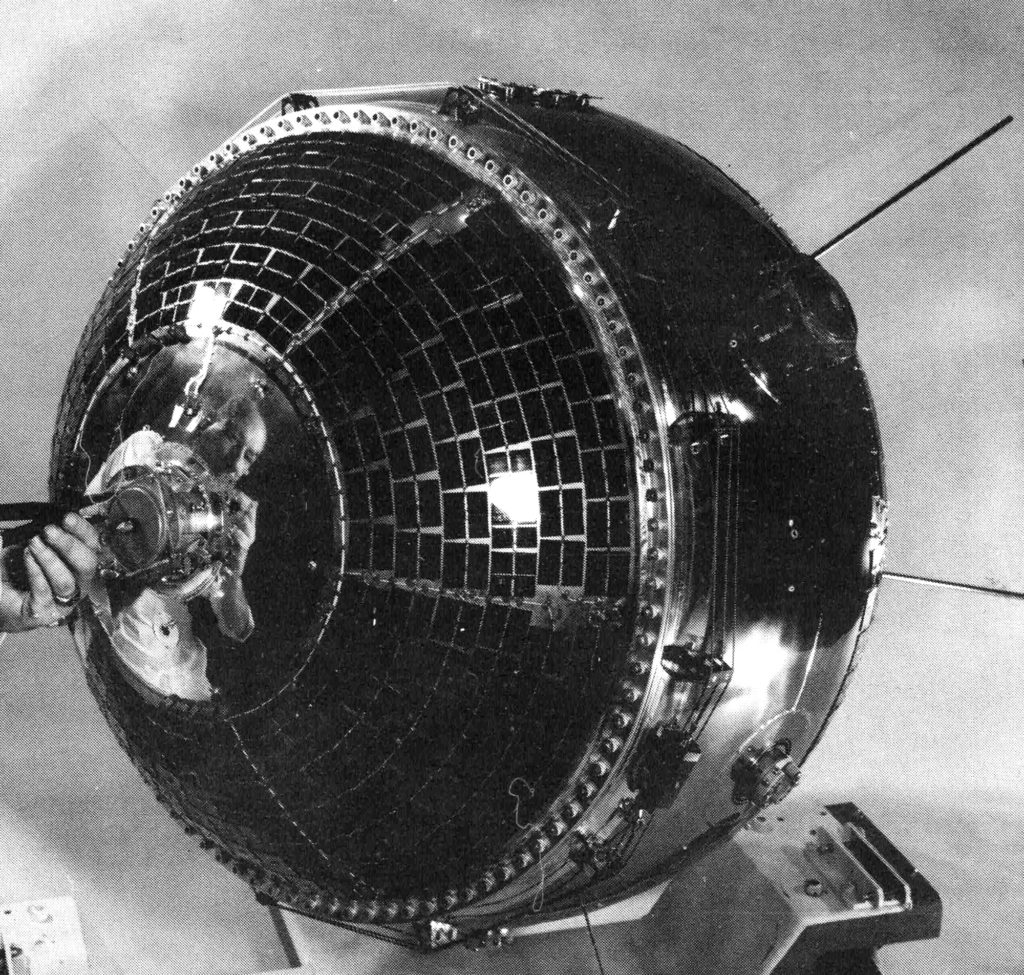
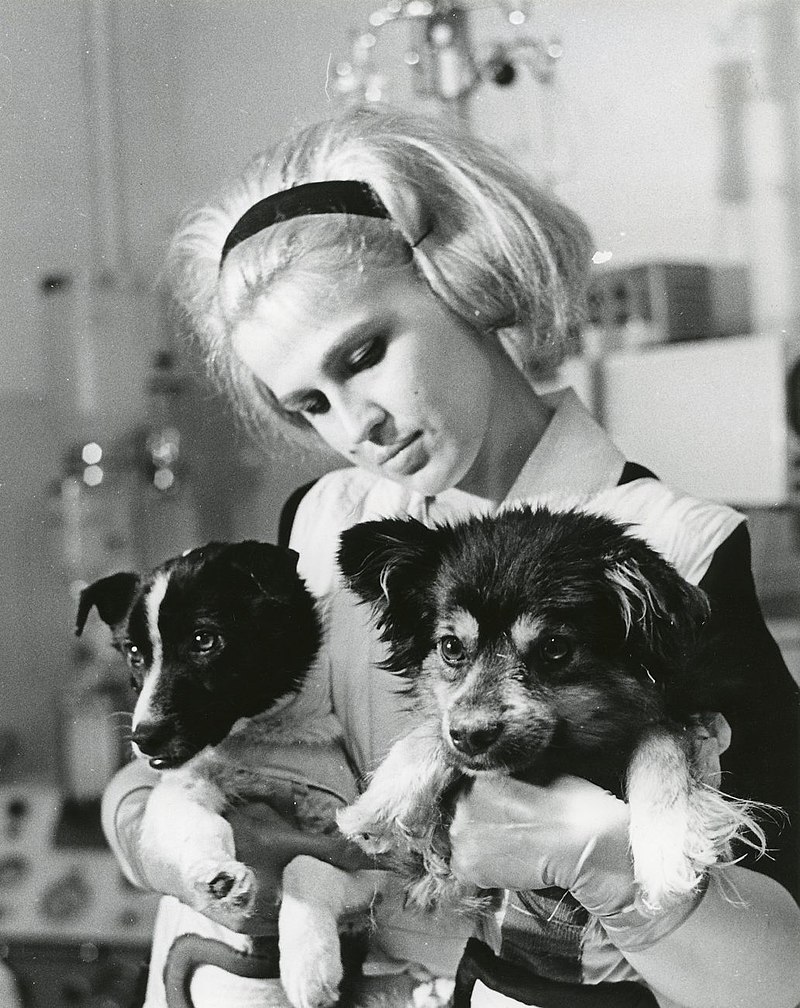
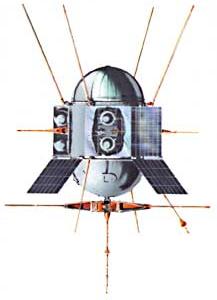

![[March 18, 1966] Taking Gemini for a Spin (Gemini 8)](https://galacticjourney.org/wp-content/uploads/2021/03/Gemini-8-Approaching-rendezvous-672x372.jpg)





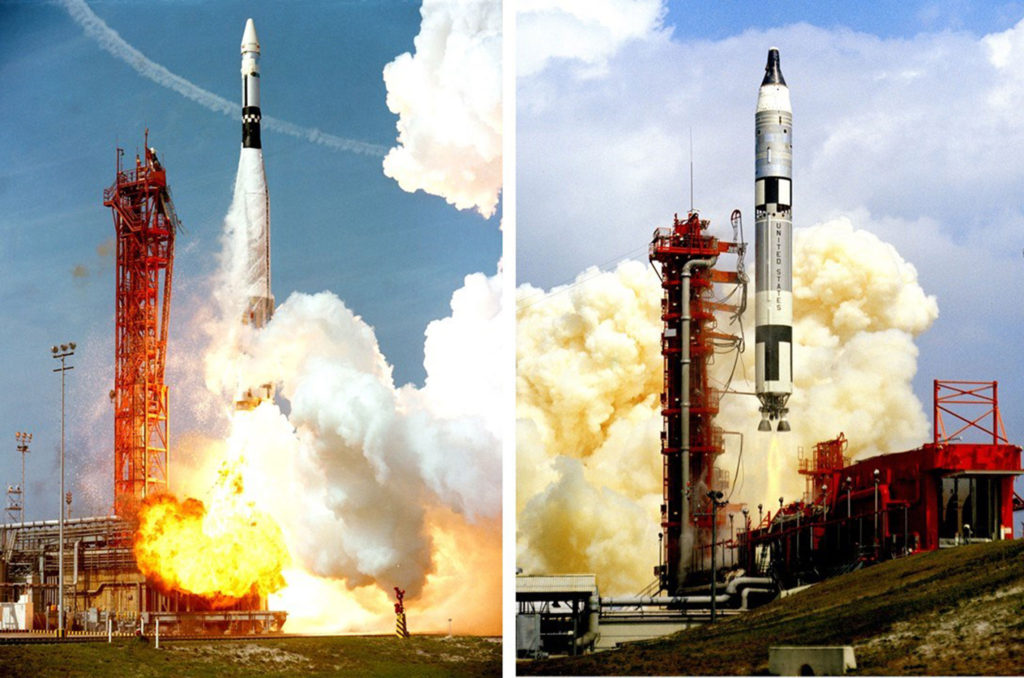

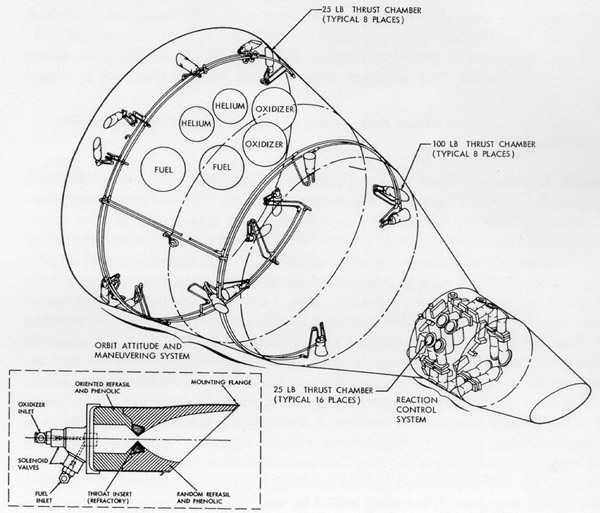

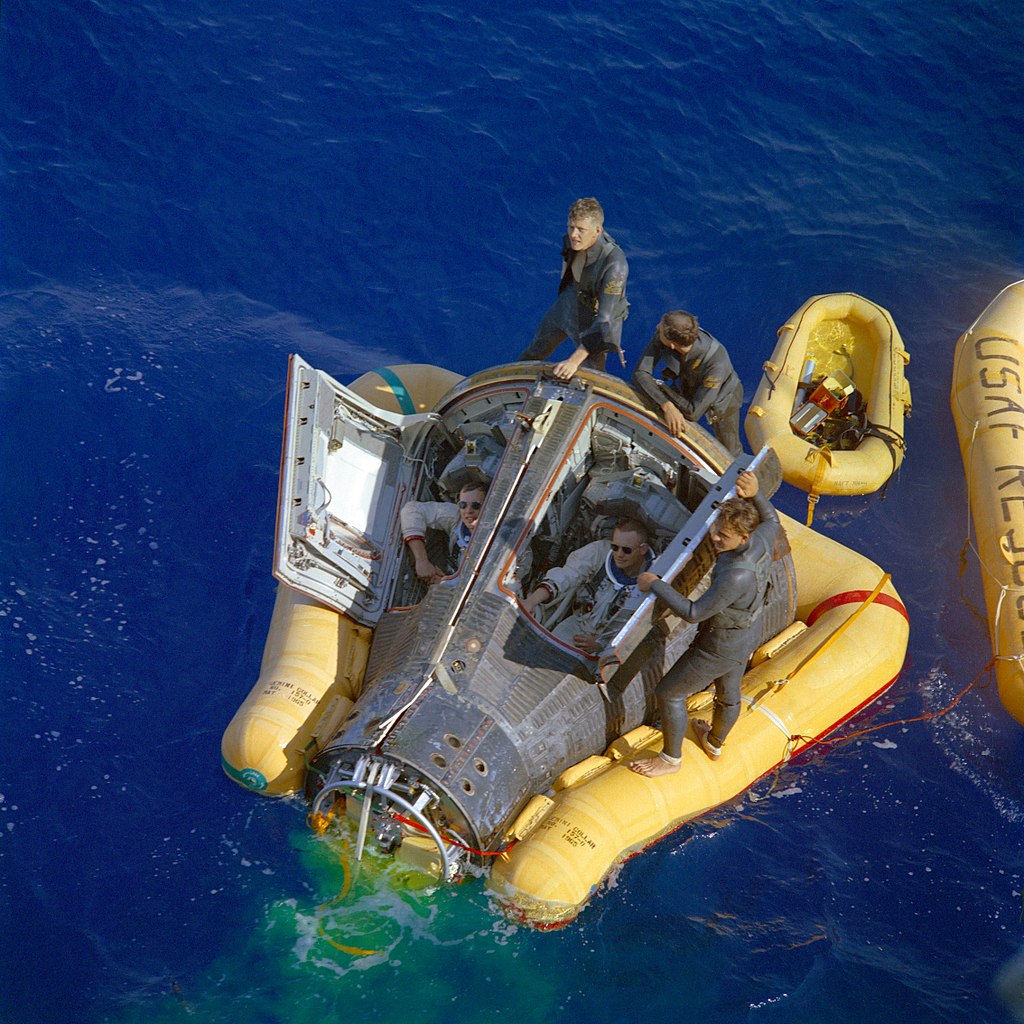

![[February 6, 1966] Hello, Stranger (exploring Space in Winter 65/66)](https://galacticjourney.org/wp-content/uploads/2021/02/660208luna9-539x372.jpg)







![[January 2, 1966] God of Time (The Planet Saturn)](https://galacticjourney.org/wp-content/uploads/2020/12/660102saturncard-613x372.jpg)






![[December 20, 1965] Rendezvous in space (Gemini 6 and 7)](https://galacticjourney.org/wp-content/uploads/2020/12/651215b3-672x372.jpg)
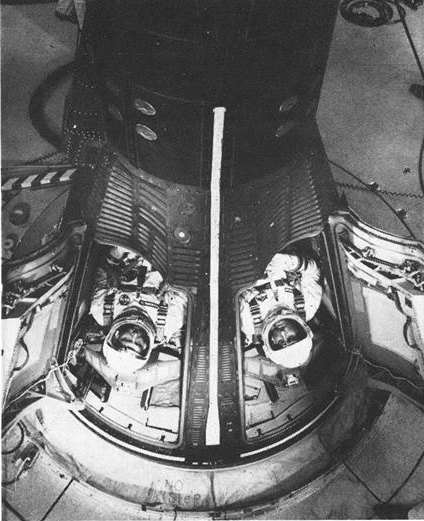
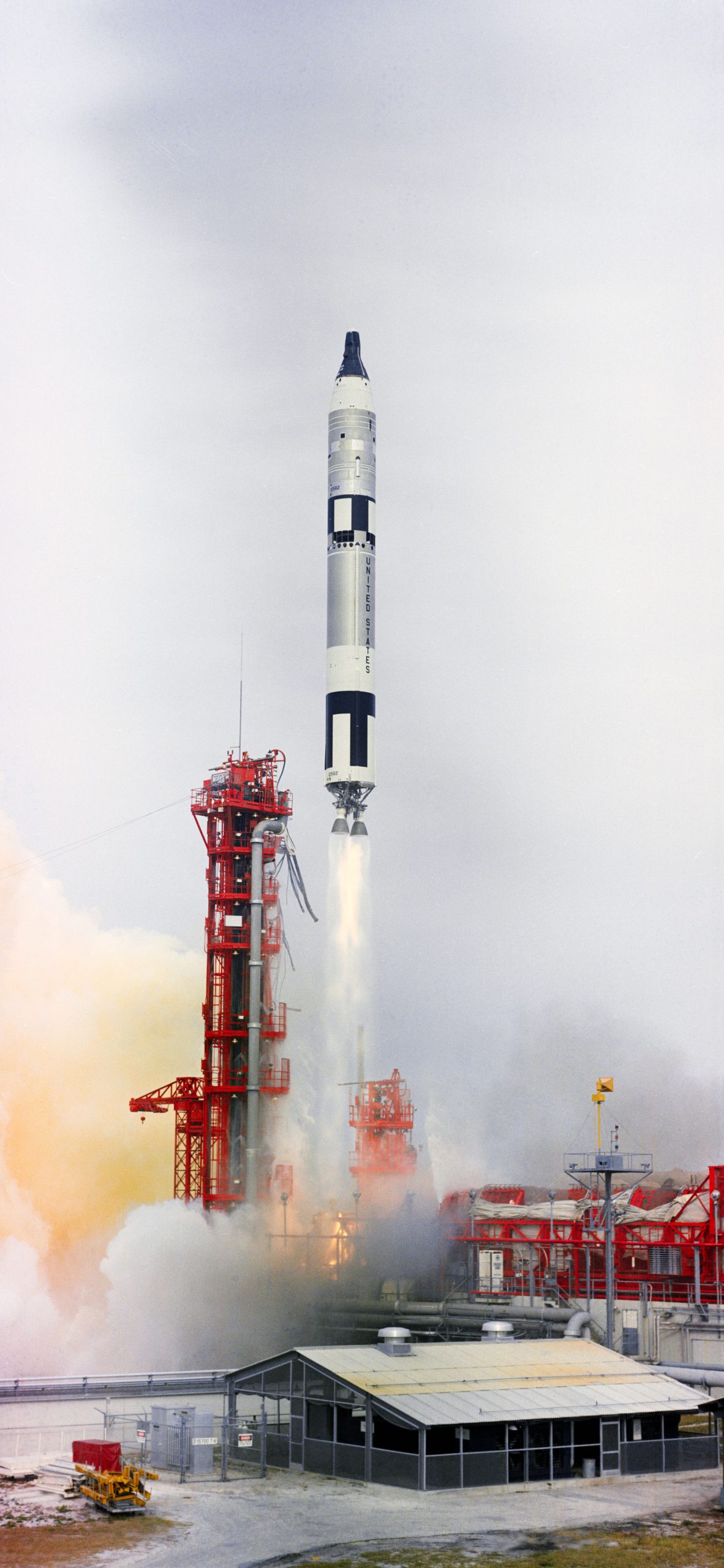
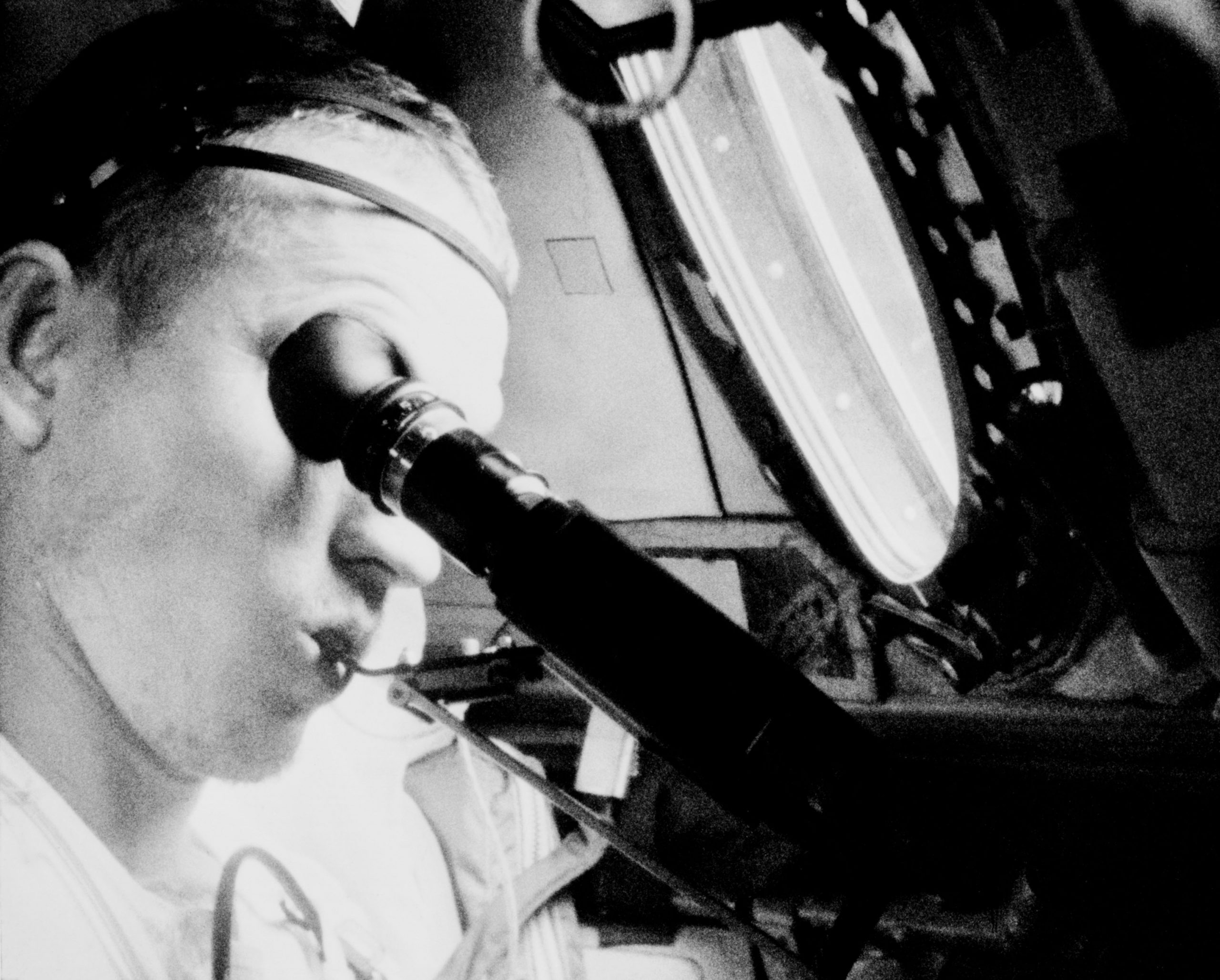

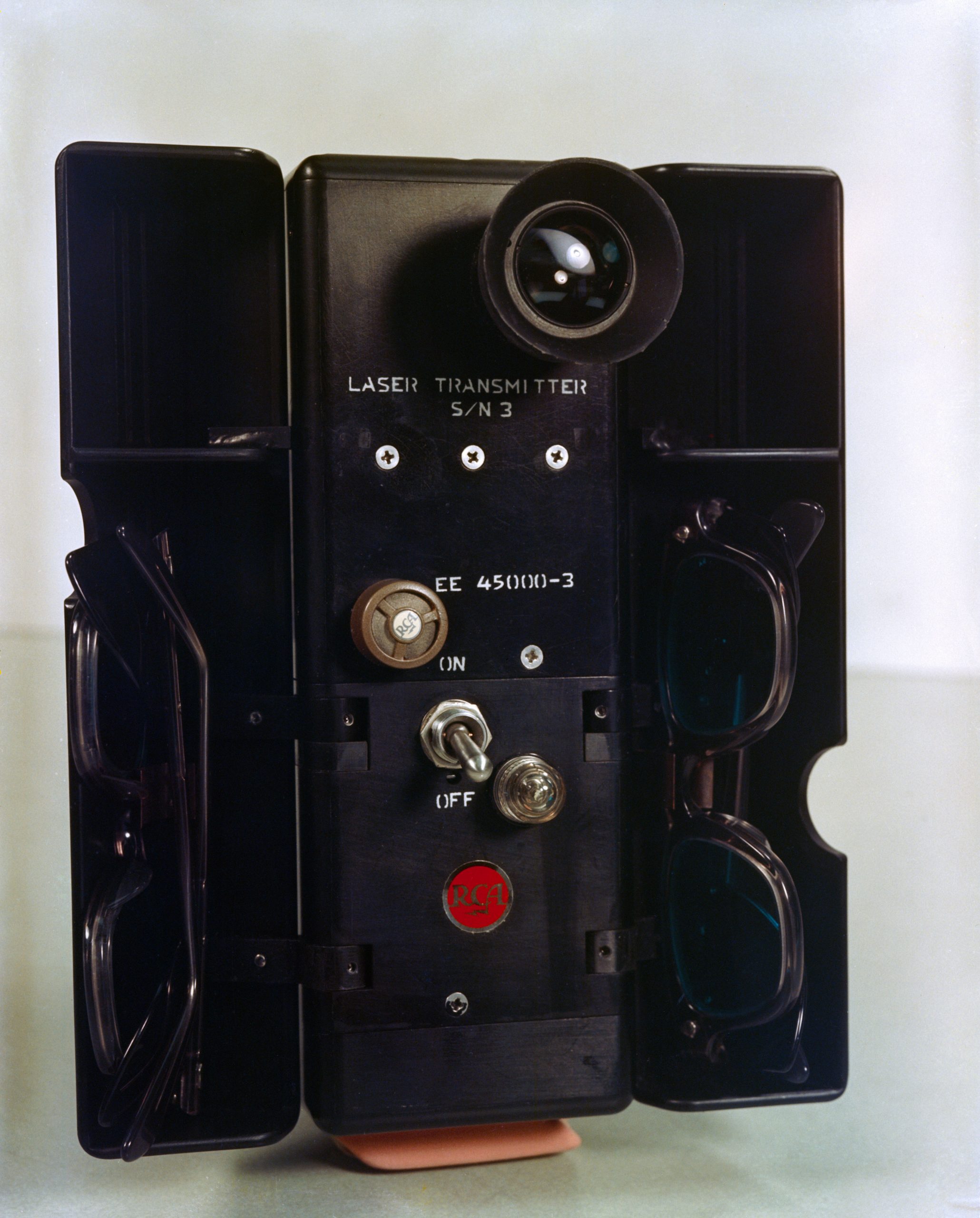
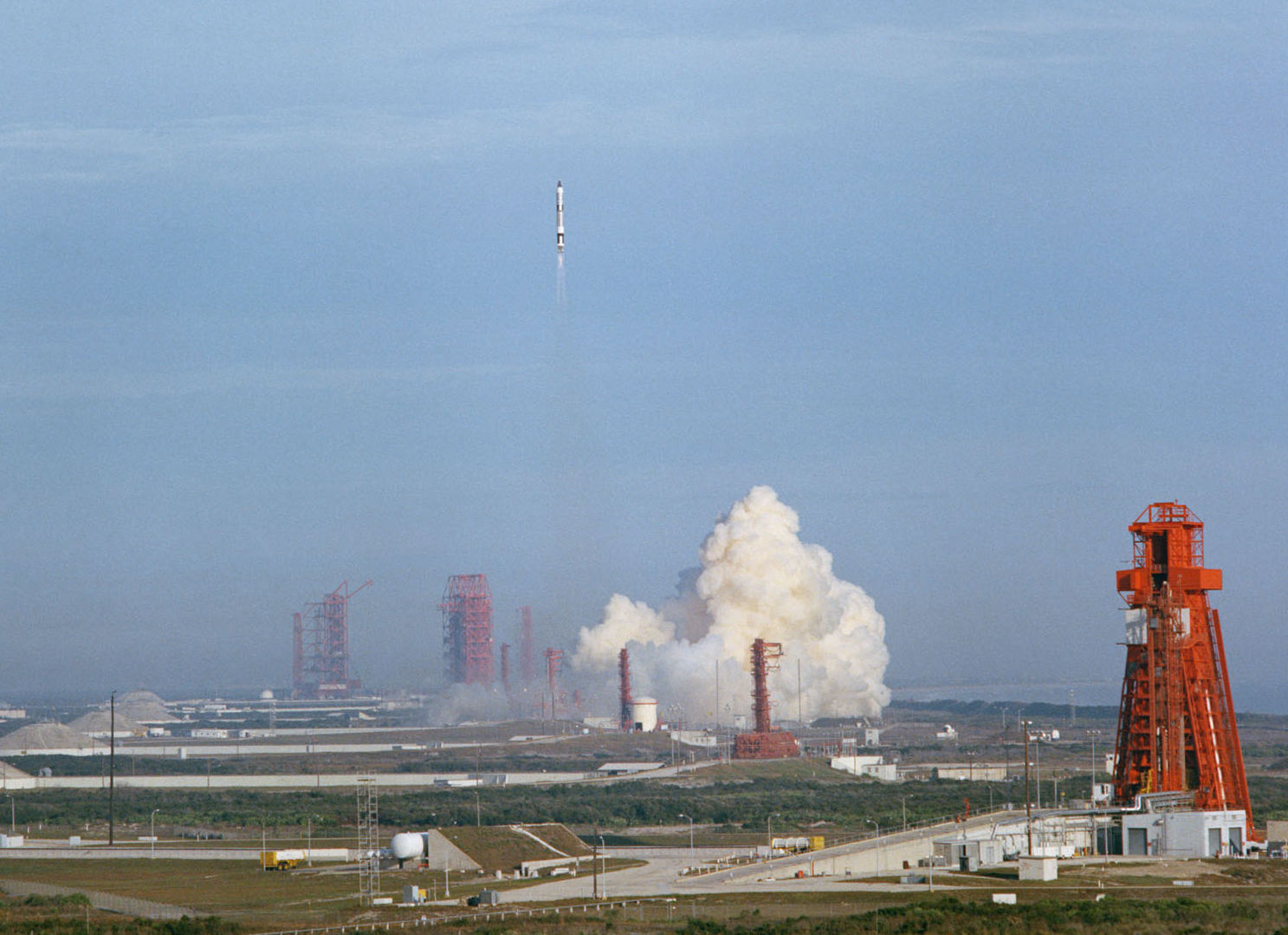
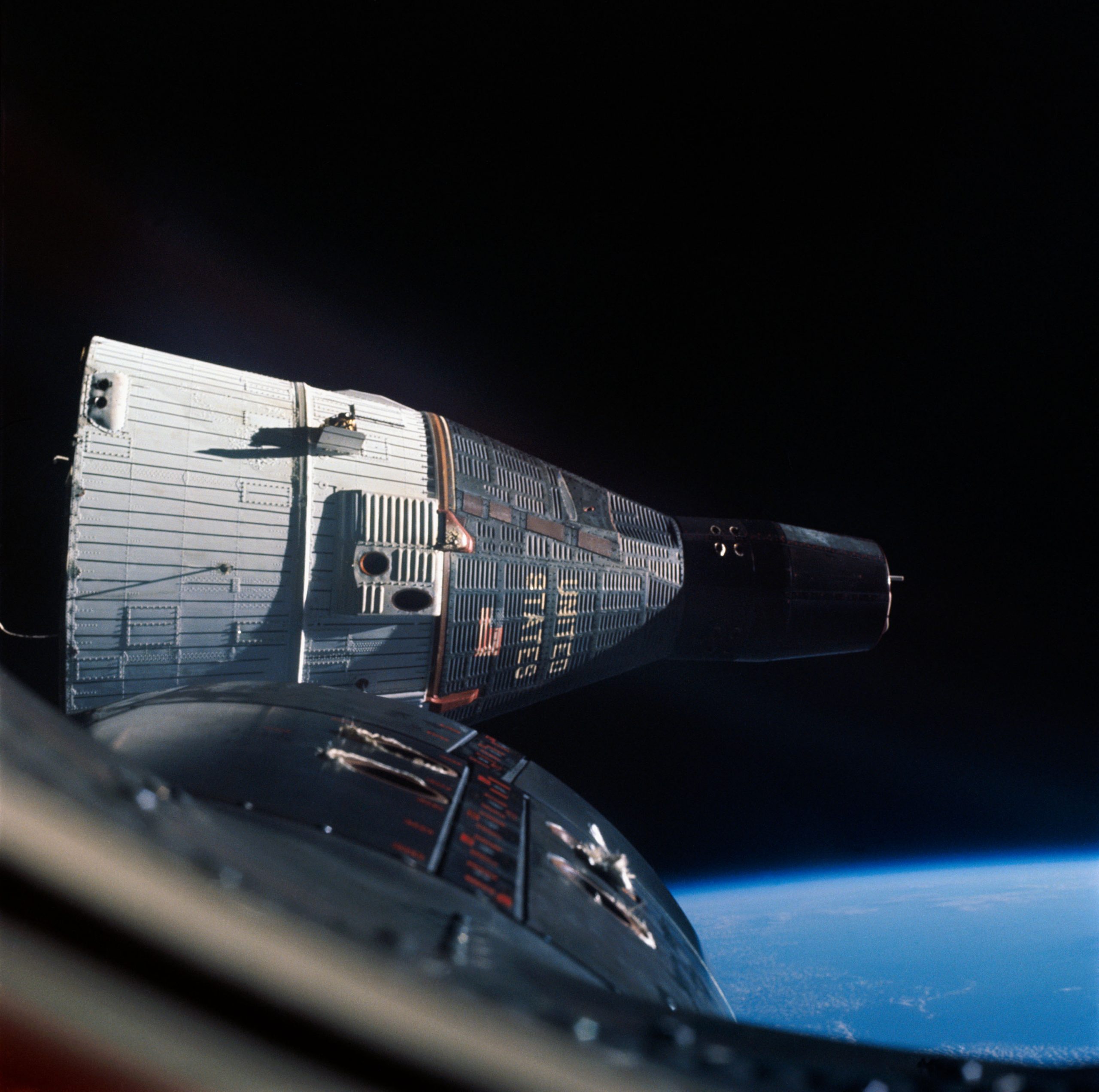

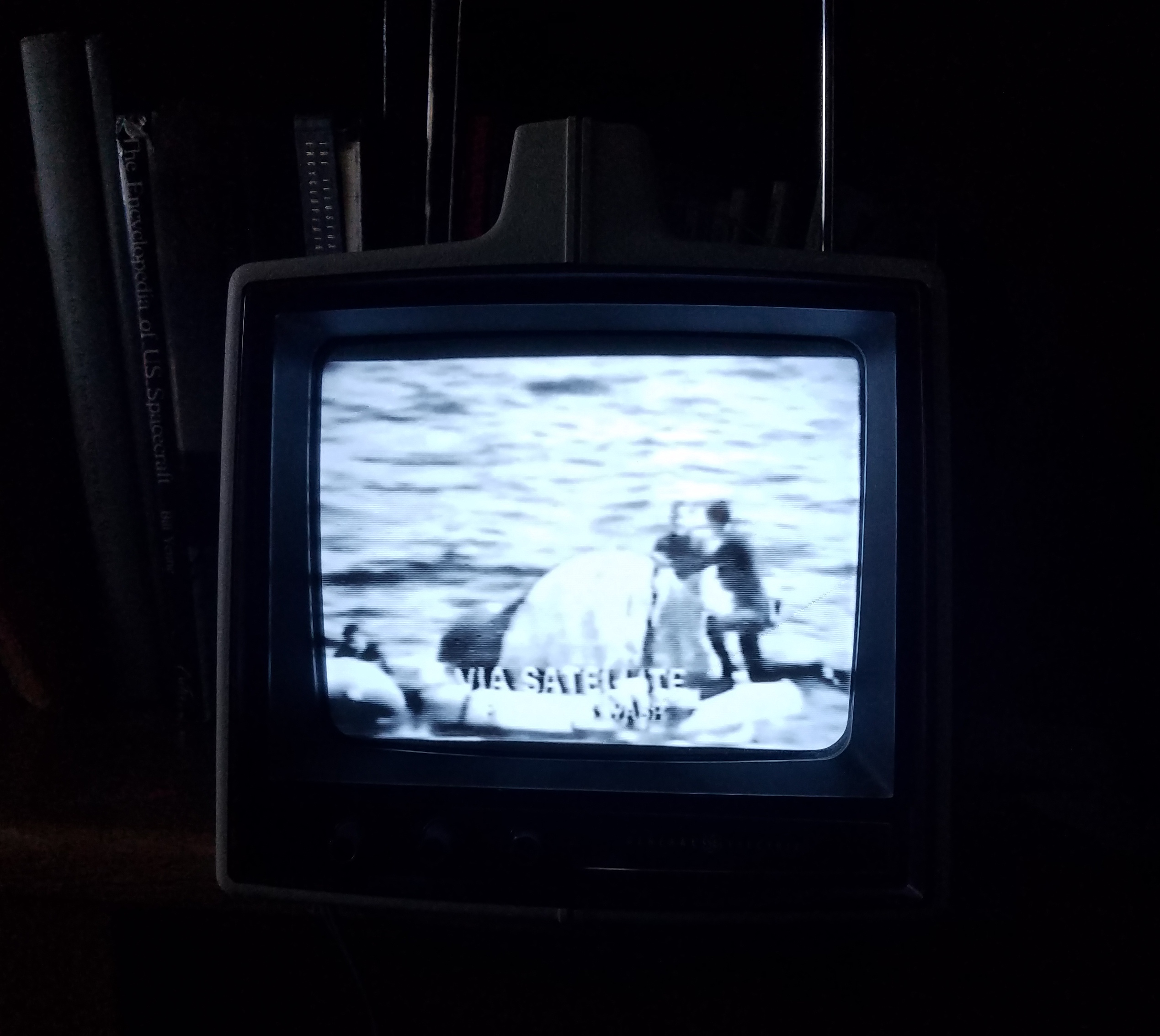
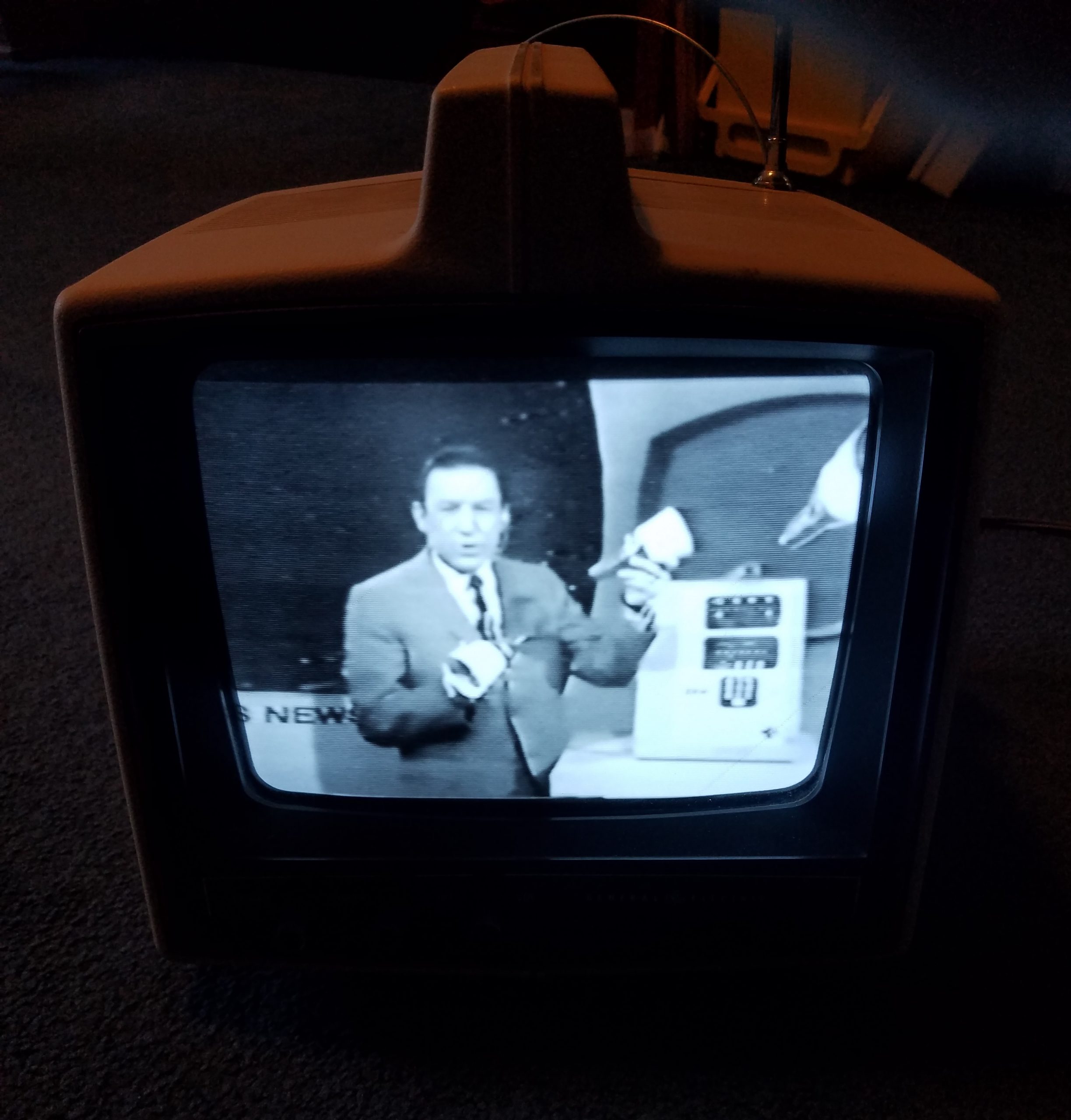
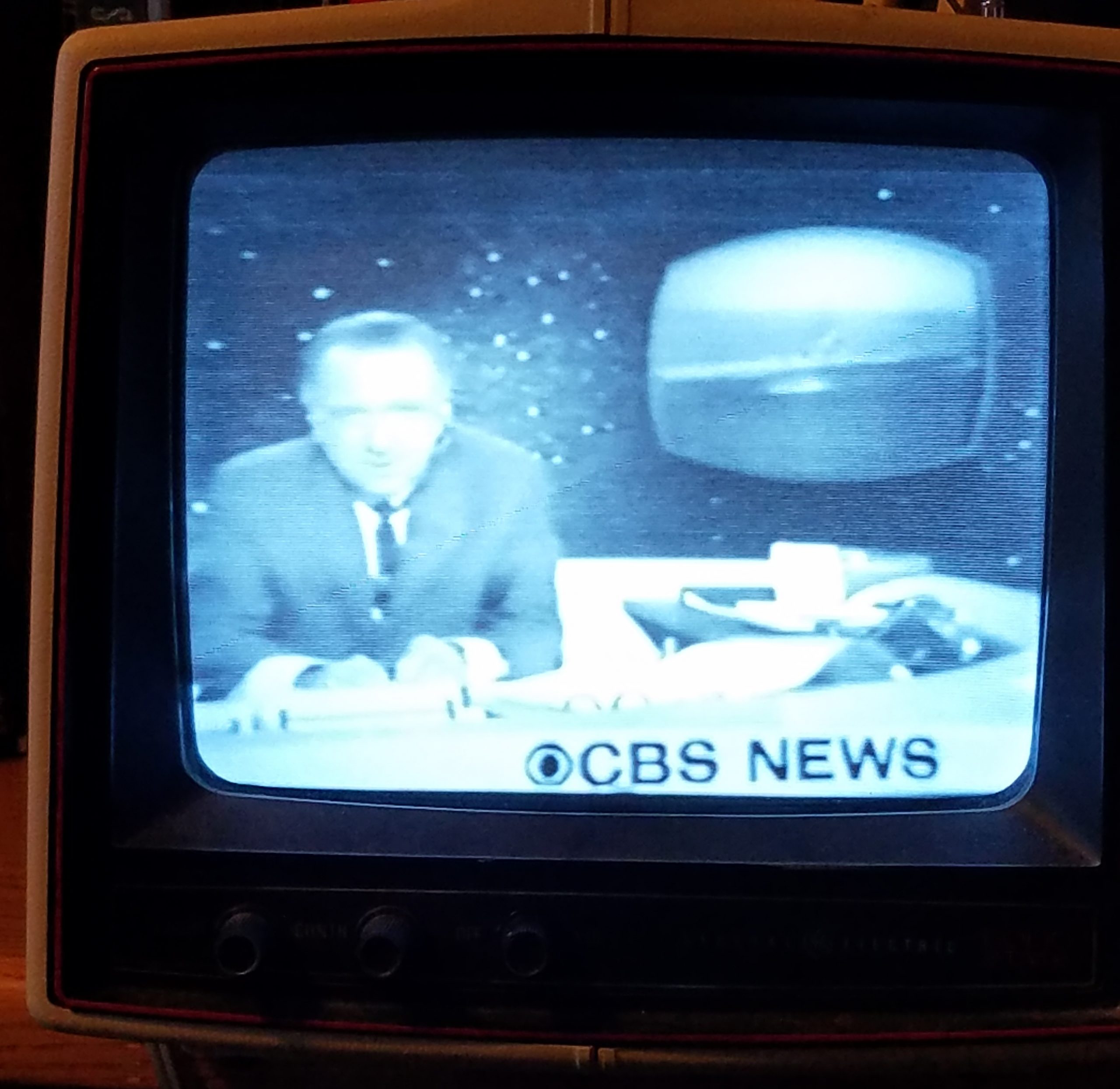

![[December 8, 1965] Space is Getting Crowded (A-1/Asterix, FR-1, Explorer-31, Alouette-2, Luna-8, Gemini-7](https://galacticjourney.org/wp-content/uploads/2020/12/Asterix-FDC-672x372.jpg)
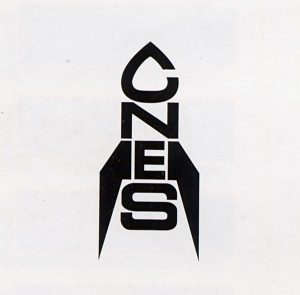
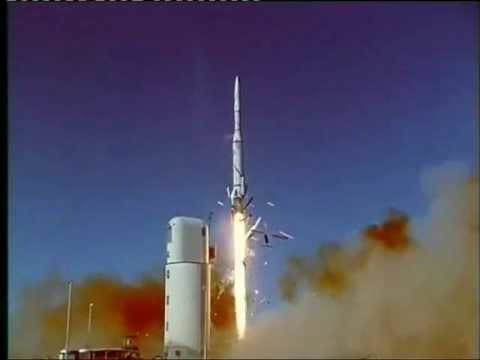
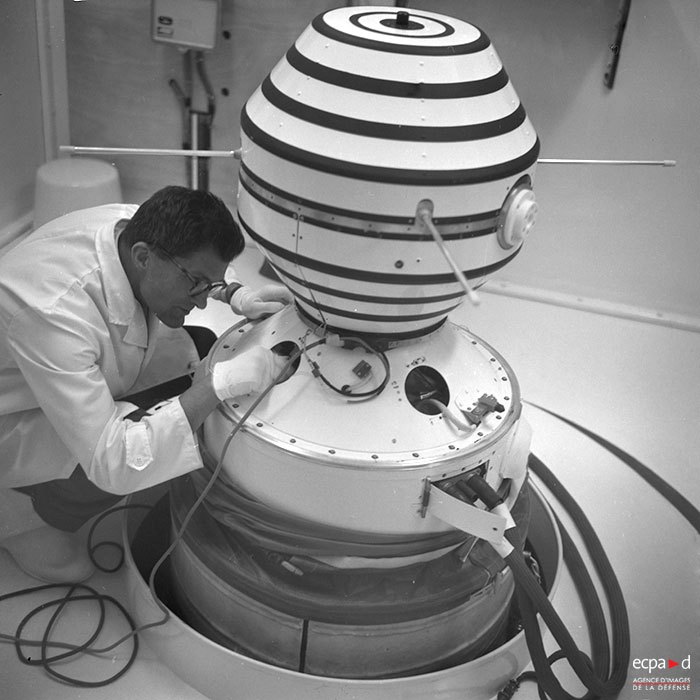
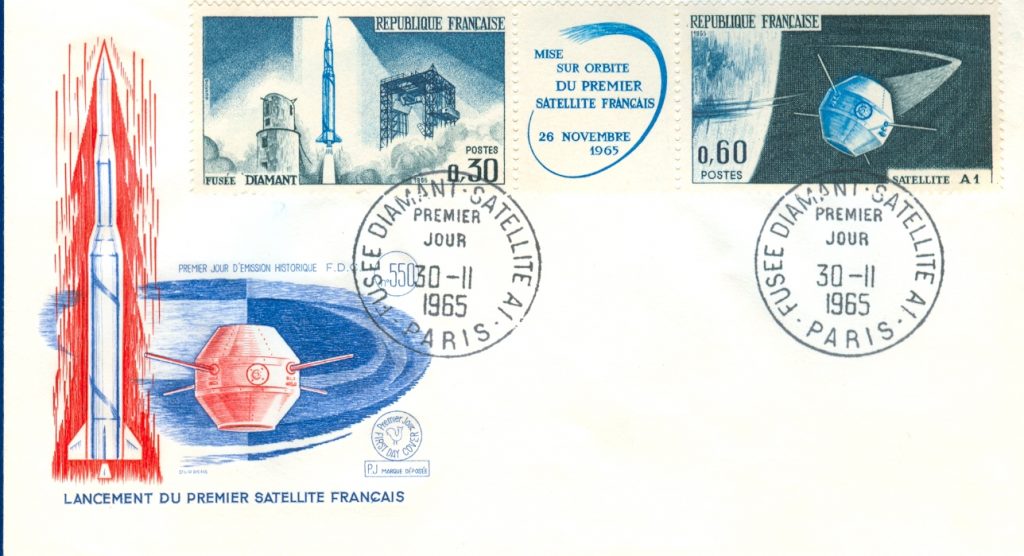
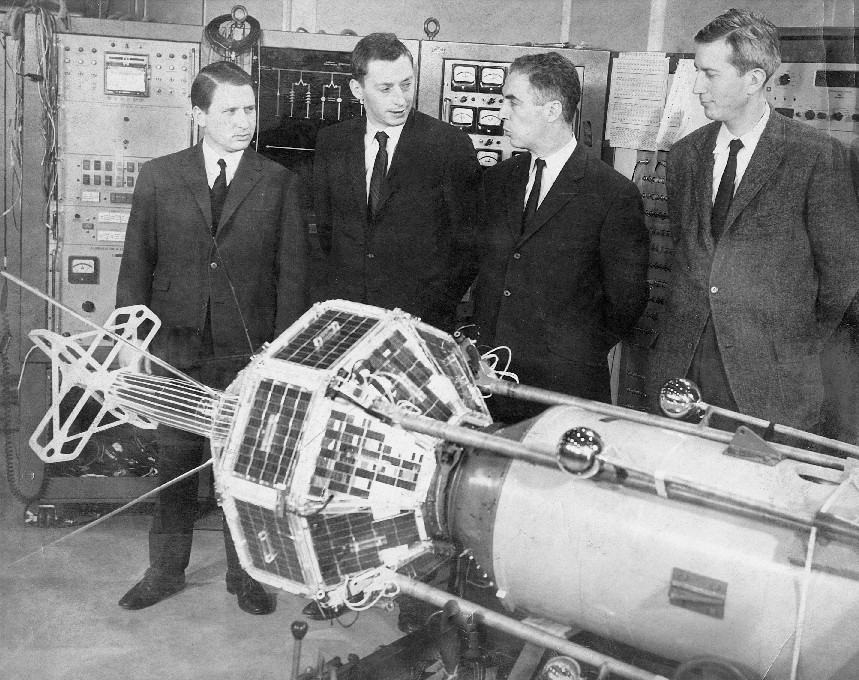

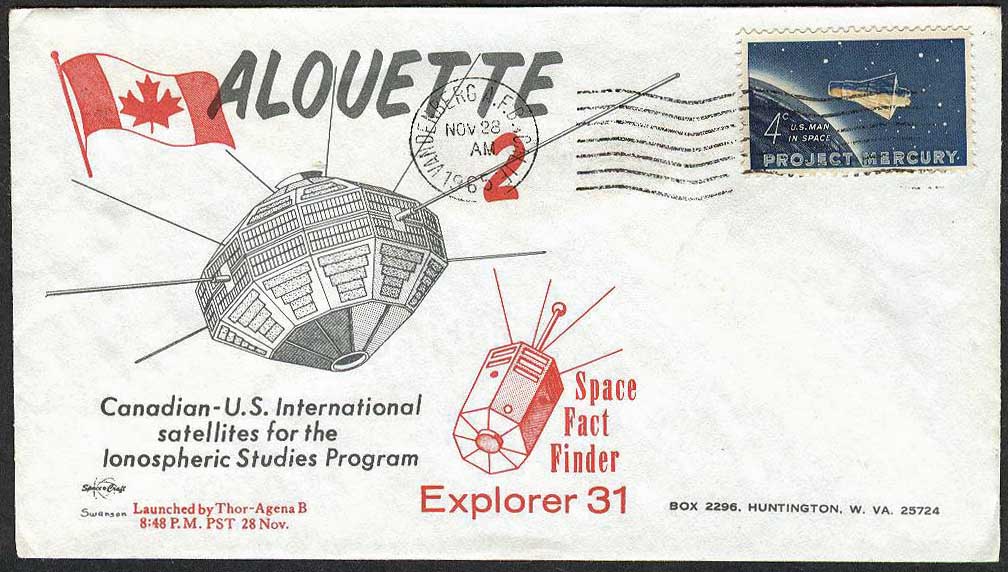
![[November 22, 1965] Keep on Exploring (Explorer-29 and 30 and Venera-2 and 3)](https://galacticjourney.org/wp-content/uploads/2020/11/Venera_2-672x372.jpg)

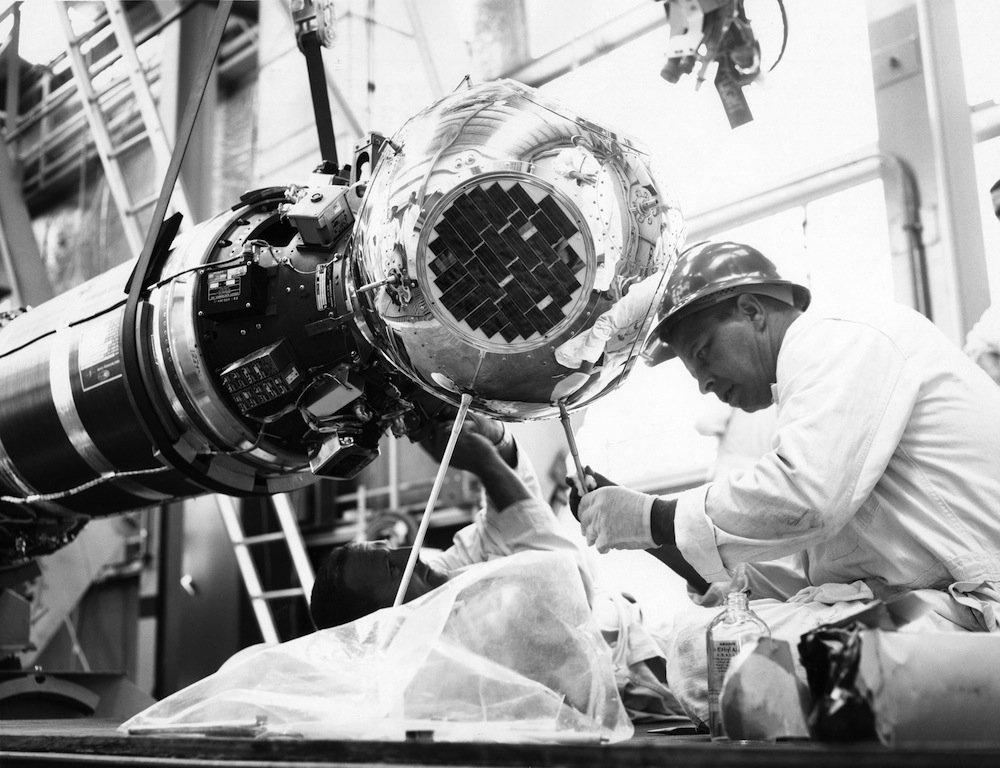
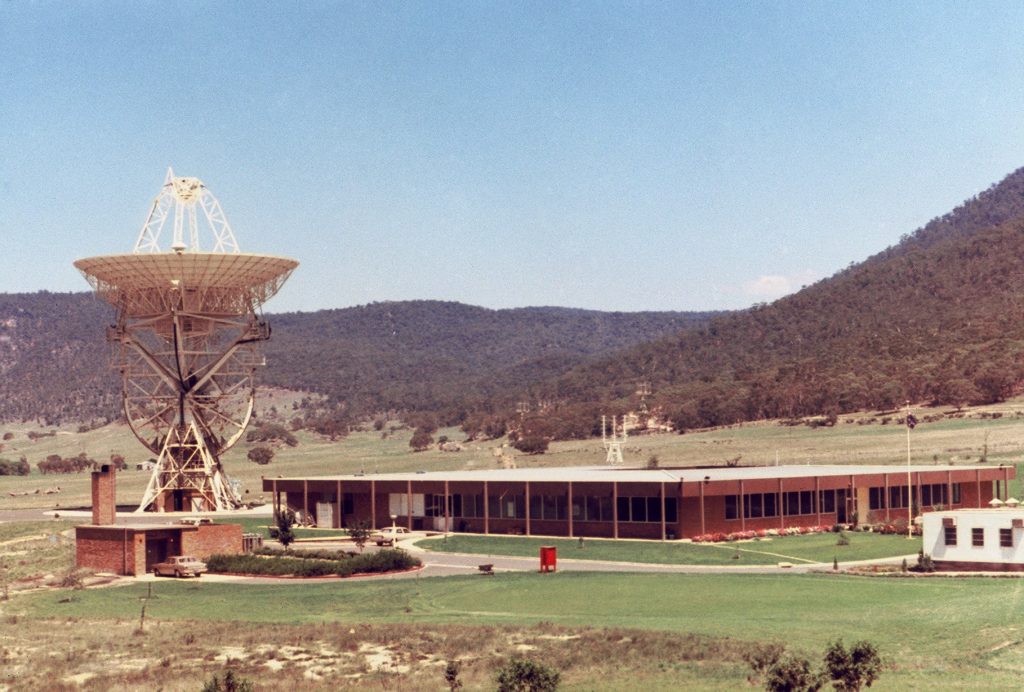
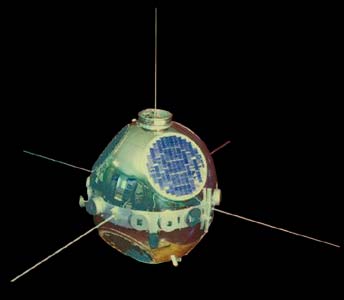
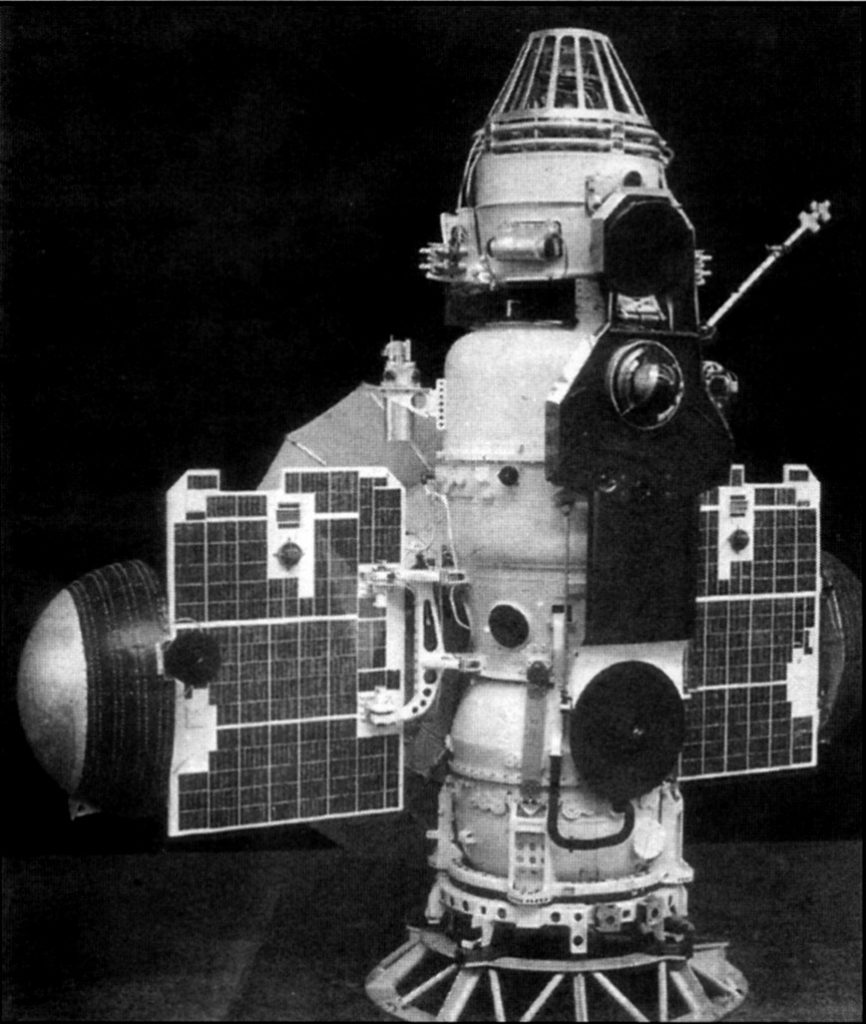
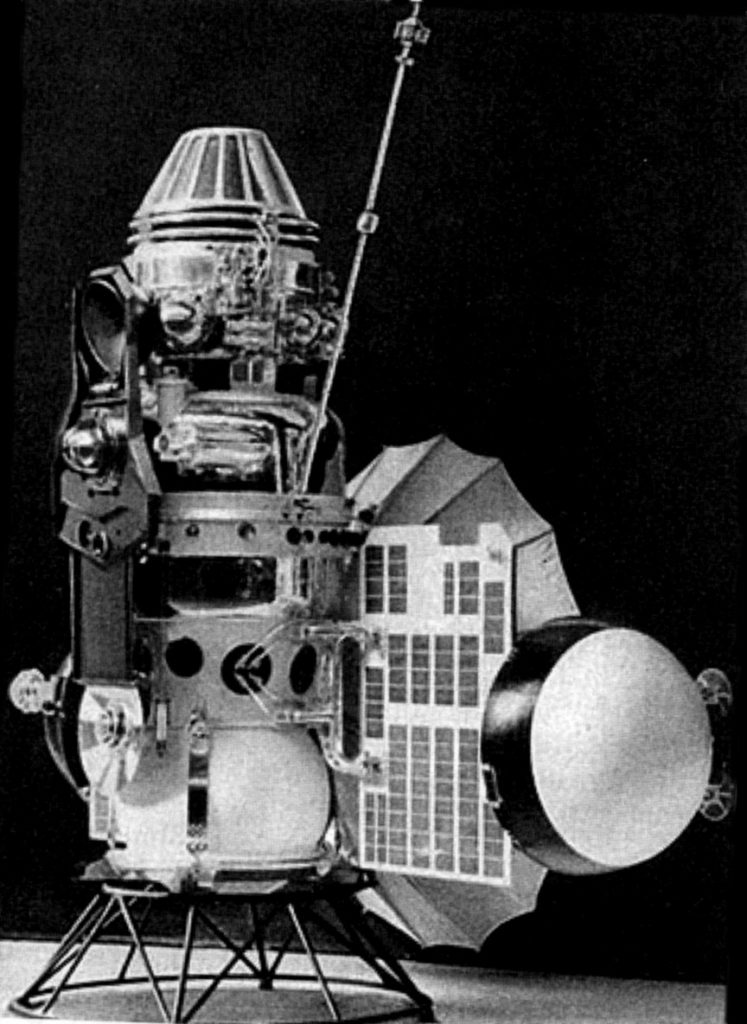
![[October 14, 1965] Taking a Deep Dive (the SEALAB project)](https://galacticjourney.org/wp-content/uploads/2020/10/SEALAB_II-672x372.jpg)
